Kitchen countertops are more than just functional spaces for chopping vegetables or setting down groceries; they play a central role in the look and feel of your entire kitchen. Since they are often the first thing people notice when they walk in, what you place on them can either make your space feel fresh and inviting or cluttered and stressful. Interior designers often emphasize that countertops work best when they are thoughtfully curated rather than overcrowded. By knowing what to avoid, you can keep your counters clean, stylish, and practical while still allowing room for the essentials. The goal is not to strip your kitchen of personality but to ensure the space works with you, not against you. Here are seven things designers recommend you never leave sitting on your kitchen countertops, and the reasons why these simple changes can make your kitchen shine.
1. Small Appliances You Rarely Use
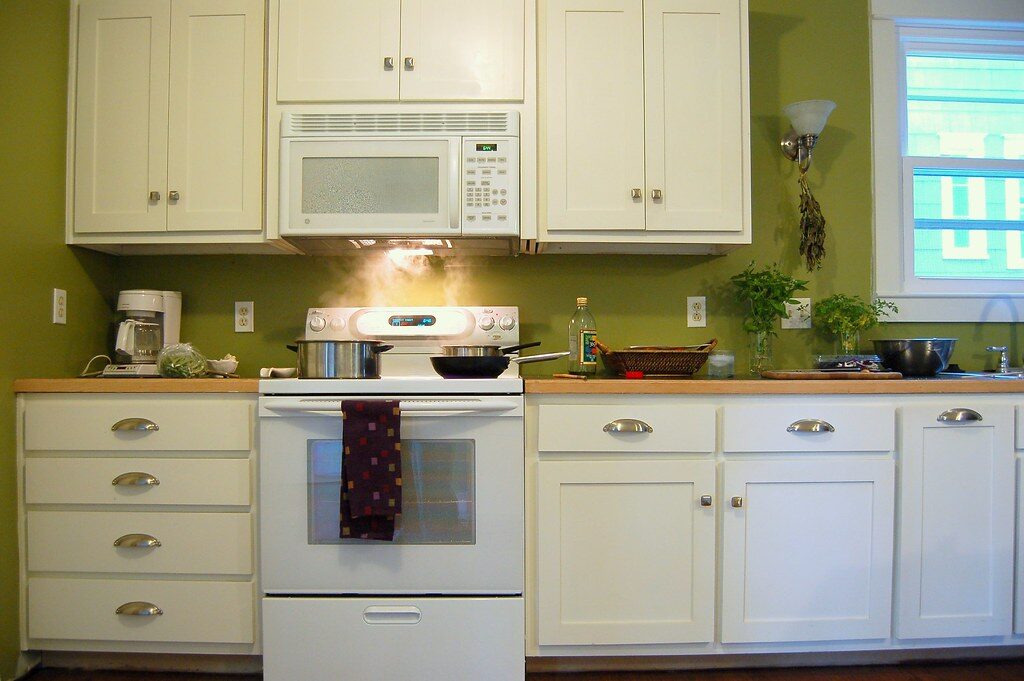
It may be tempting to leave every gadget you own out in plain sight, but unused appliances quickly consume valuable counter space and make the kitchen appear cramped. A bread maker, ice cream machine, or oversized blender that only sees action a few times a year should be stored in cabinets or pantries instead. Keeping these items out of sight allows your countertops to feel open and usable, which is especially important in smaller kitchens. Designers suggest reserving countertop space for appliances you truly use daily, such as a coffee maker or toaster, while the rest can be tucked away. This simple shift not only streamlines the look of your kitchen but also makes cleaning easier and creates more room for meal preparation.
2. Piles of Mail and Paperwork

Stacks of bills, school papers, and unopened envelopes may seem harmless, but they quickly take over valuable workspace and create visual clutter. Interior designers agree that countertops are not the place for ongoing household paperwork since the mess distracts from the kitchen’s style and function. Instead, designate a drawer, basket, or even a small wall organizer nearby to keep documents in order without disrupting the kitchen’s flow. By relocating mail and papers to a dedicated spot, you will immediately create a cleaner environment that feels calmer and more welcoming. This also prevents the risk of spills and stains damaging important documents when cooking. Keeping your counters free of paperwork transforms the kitchen from a catch-all drop zone into a space that feels organized and intentional.
3. Decorative Items That Collect Dust

While accessories can add character, large or excessive decorative objects on countertops often work against a kitchen’s design. Over time, they tend to gather dust, grease, and food splatters, which makes cleaning more difficult. Designers recommend being selective with décor by choosing one or two purposeful items such as a stylish fruit bowl, a vase of fresh flowers, or a wooden cutting board that doubles as a display piece. This approach allows you to infuse personality without overwhelming the space or creating constant maintenance chores. When decorations are too plentiful, they not only reduce usable prep area but also make the kitchen feel smaller and less practical. A carefully chosen accent, on the other hand, enhances the space and can even act as a focal point, keeping the kitchen feeling elegant yet efficient.
4. Bulk Food Containers and Groceries
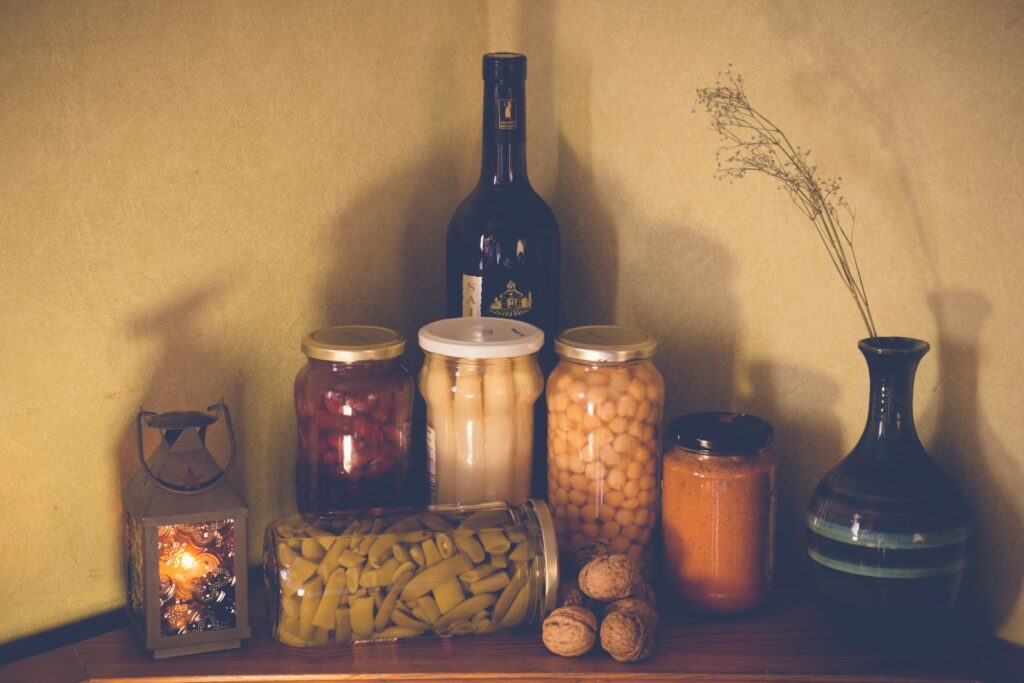
Leaving bags of chips, cereal boxes, or bulk food containers on the countertop may seem convenient, but they can make even the most polished kitchen look messy. Interior designers emphasize that food storage belongs in cabinets, pantries, or sealed jars rather than sitting out in original packaging. Aside from looking untidy, exposed food items attract pests and take away from the clean lines and surfaces that give kitchens their appeal. Instead, transfer dry goods into stylish glass or ceramic canisters if you want certain items to remain within reach. This not only looks intentional but also extends freshness. Keeping groceries stored properly clears your counters for cooking while ensuring the kitchen remains functional and visually appealing. A clutter-free space enhances both efficiency and comfort, making the heart of your home feel thoughtfully designed.
5. Knife Blocks and Large Utensil Holders
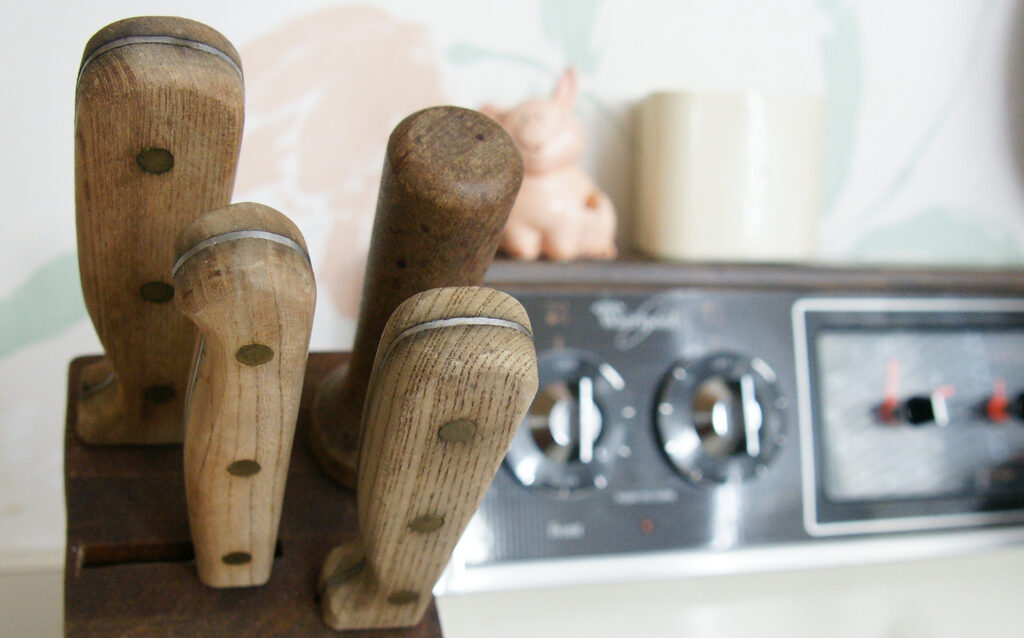
Although knife blocks and oversized utensil holders are common countertop staples, designers argue that they often create unnecessary clutter. They also accumulate dust and grime, making cleaning more tedious. Knives can instead be stored in a drawer with an organizer tray or mounted on a sleek magnetic strip on the wall to free up space while keeping them accessible. Large containers of spatulas, ladles, and other utensils can be minimized by storing only the most frequently used items nearby and moving extras into drawers. This shift instantly creates a more open look while maintaining practicality. By rethinking storage solutions for these everyday tools, you create a safer, cleaner, and more visually balanced kitchen. The counters become a stage for cooking rather than a holding zone for bulky storage containers.
6. Excess Cleaning Supplies
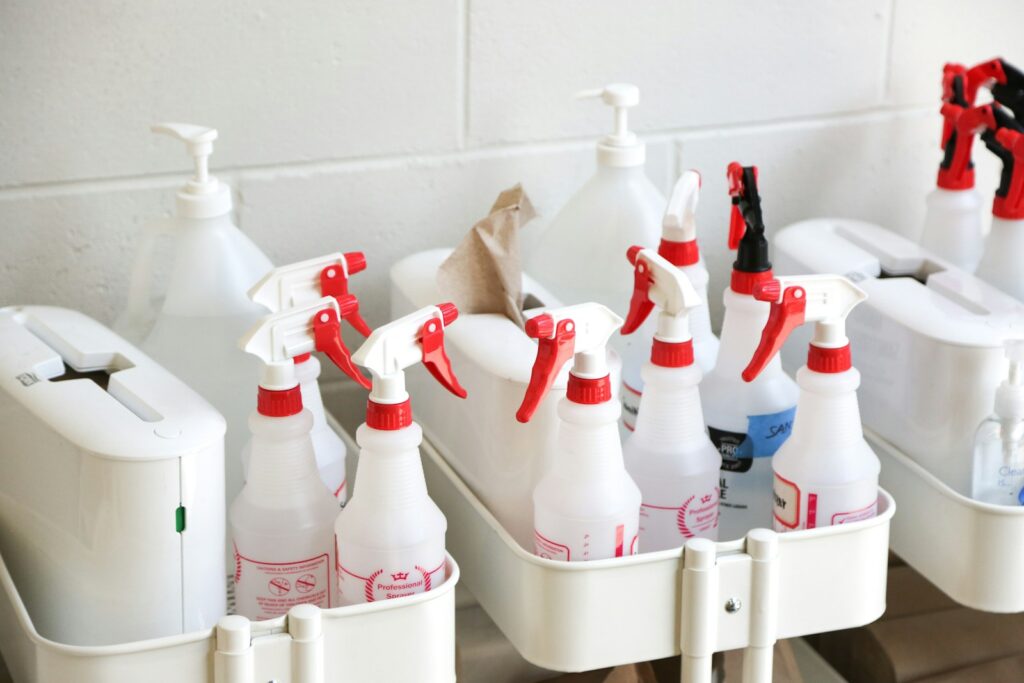
Leaving dish soap bottles, sponges, and cleaning sprays scattered across countertops might feel convenient, but it quickly makes the area look disorganized. Designers recommend storing cleaning supplies under the sink or in a dedicated cabinet, leaving only one attractive dispenser for dish soap if needed. Not only does this reduce visual clutter, but it also prevents bacteria-laden sponges or rags from sitting out in the open. By limiting cleaning items on display, your kitchen will look more polished while still being fully functional. Consider investing in matching soap dispensers or small caddies if you prefer to keep certain essentials within reach. This thoughtful approach blends convenience with style, ensuring your countertops stay tidy while still ready for everyday tasks. A neat kitchen fosters a welcoming atmosphere and feels more enjoyable to work in.
7. Too Many Cookbooks
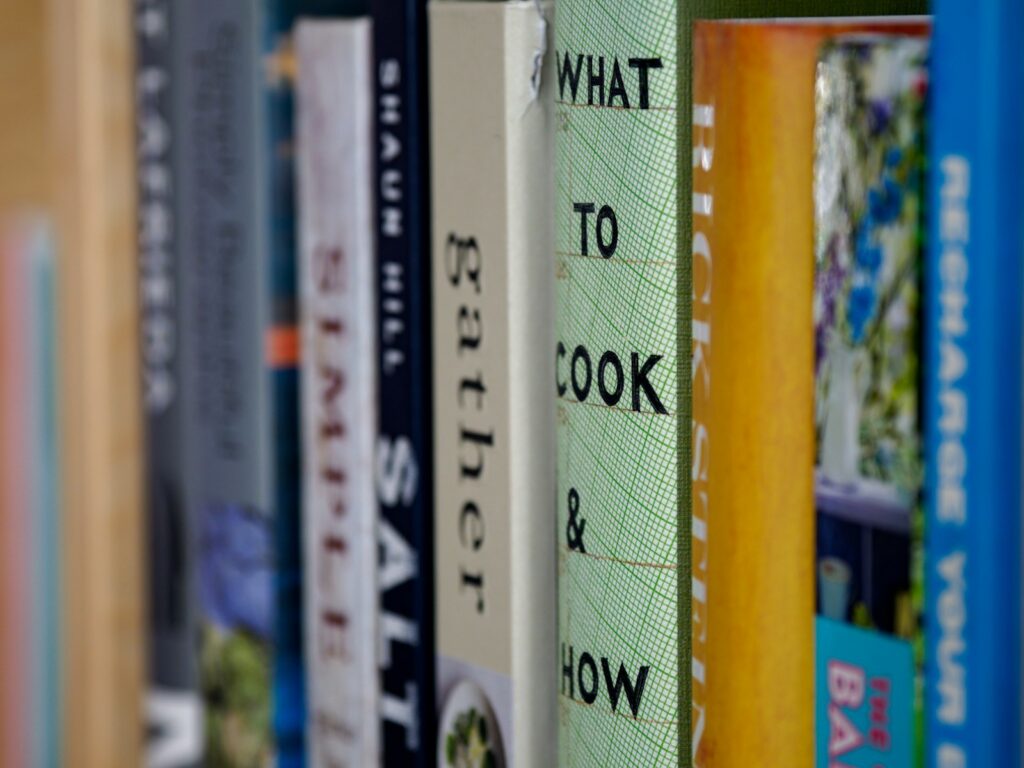
Cookbooks add warmth and character, but a towering stack on the countertop can dominate space and quickly become impractical. Designers suggest displaying just one or two favorite books on a small stand or shelf while storing the rest in a cabinet or open shelving. This way, you still showcase your personality without overwhelming the workspace. Excess cookbooks left on counters not only invite clutter but also risk damage from spills and splatters. By keeping the selection minimal, you highlight the kitchen’s design while making it easier to access what you actually use. A curated approach ensures counters remain clear, stylish, and functional for cooking. With this simple adjustment, you balance both practicality and charm, allowing your kitchen to remain a space that feels fresh and thoughtfully arranged.
Comments